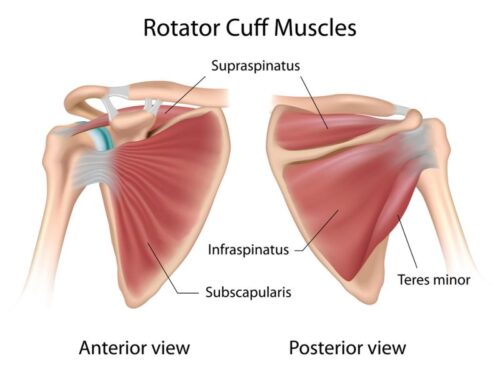Perpetuating Factors
Different Leg Lengths
There are several types of perpetuating factors that cause chronic pain: Mechanical stresses, Nutritional inadequacies, Metabolic inadequacies, Psychological factors and others.
Mechanical stresses are structural issues that can create pain such as different leg lengths, a small hemipelvis, short upper arms and Morton’s foot.
Frequently one side of a persons body can be slightly smaller than the other. You may be able to tell because one pant leg might drag or one needs hemmed or one foot needs a bigger shoe.

Different leg lengths can cause all kinds of muscular problems.
When you have a smaller leg than the other, you will walk with a tilt to one side. You may be more comfortable standing on the shorter leg with the longer one out to the front or side. If you look in a full length mirror and one arm hangs against you and the other arm hangs a little away from you. The side with the arm away from you is shorter.
Another test you can do is stand tall, then swing one leg forward and back followed by the other leg. If one leg swings freely and the other leg hits the ground you may have different leg lengths.
Before deciding you have different leg lengths you will need to rule out scoliosis and quadratus lumborum (lower back) trigger points.
Here’s one interesting experiment as reported in the first edition of Travel and Simon’s Trigger Point Manual.
One normal subject who had been pain free added a 3/4 in. elevation to the heel of the left shoe. On the 3rd day, the subject experienced aching in the buttocks and after 1 week, tightness and pulling in the dorsolumbar area. After 3 weeks, regular night pain was experienced in these regions. With the removal of the elevation, symptoms disappeared in 2 weeks. He also reported relief of headaches by equalizing leg length with a heel lift.




